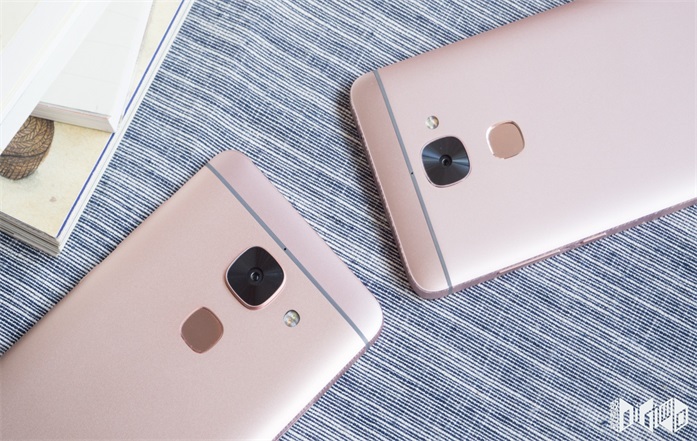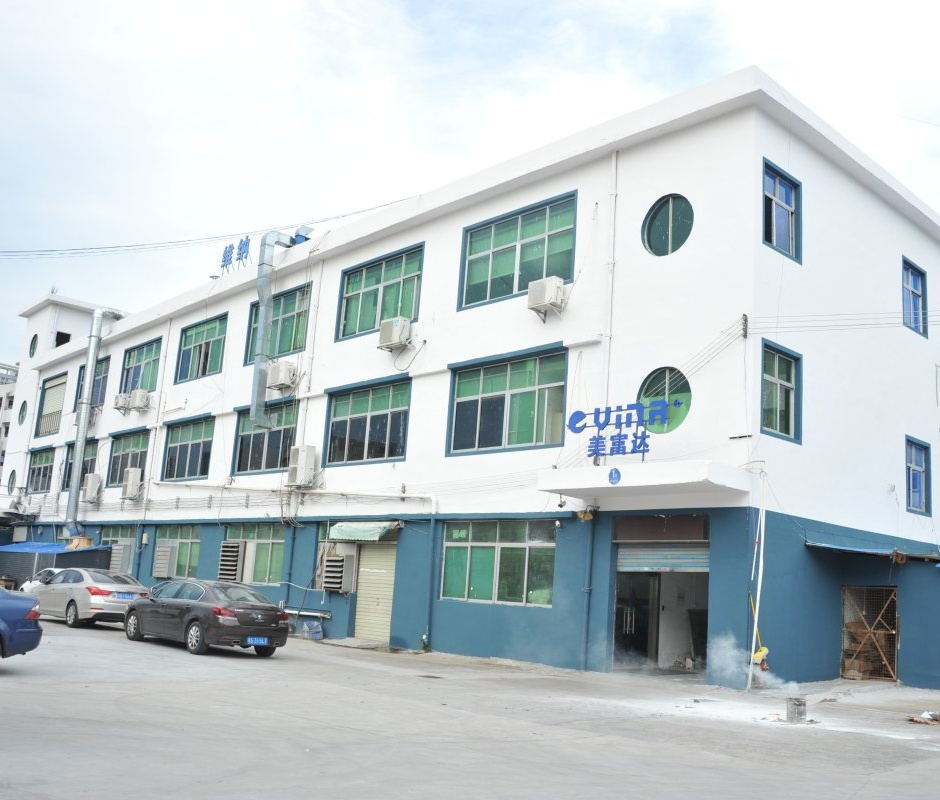
Vina International Holdings Ltd.
邮箱: sales@vinacn.com
|
电话: 86-755-89395821
For ten years the brand company has been focusing on fast charging card readers USB hubs and Bluetoo
For ten years the brand company has been focusing on fast charging card readers USB hubs and Bluetoo
For over a decade, we have focused on consumer experience, smart chargers, card readers, Bluetooth speakers, and other electronic products. Our market is mainly distributed in European countries, the United States, and Japan, with 60% in European countries, 20% in the United States, 15% in Japan, South Korea, Australia, and 5% from other regions




企业视频
专注快充,读卡器,USB集线器以及蓝牙音箱,15年消费者保障经验,为您的产品保驾护航
For ten years the brand company has been focusing on fast charging card readers USB hubs and Bluetoo



Offices

Having a large engineering team to control and provide a 2-year warranty
For ten years the brand company has been focusing on fast charging card readers USB hubs and Bluetoo
